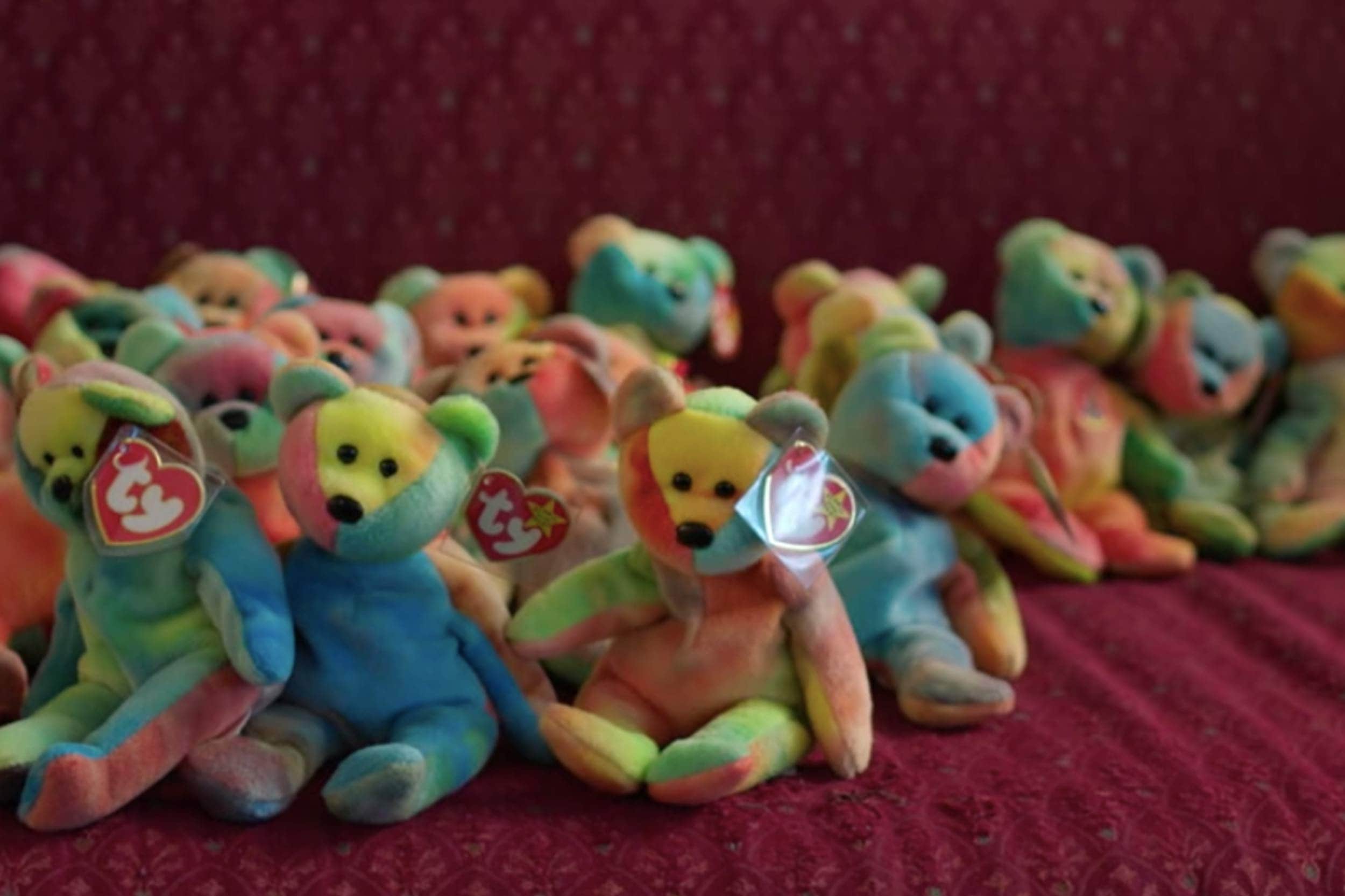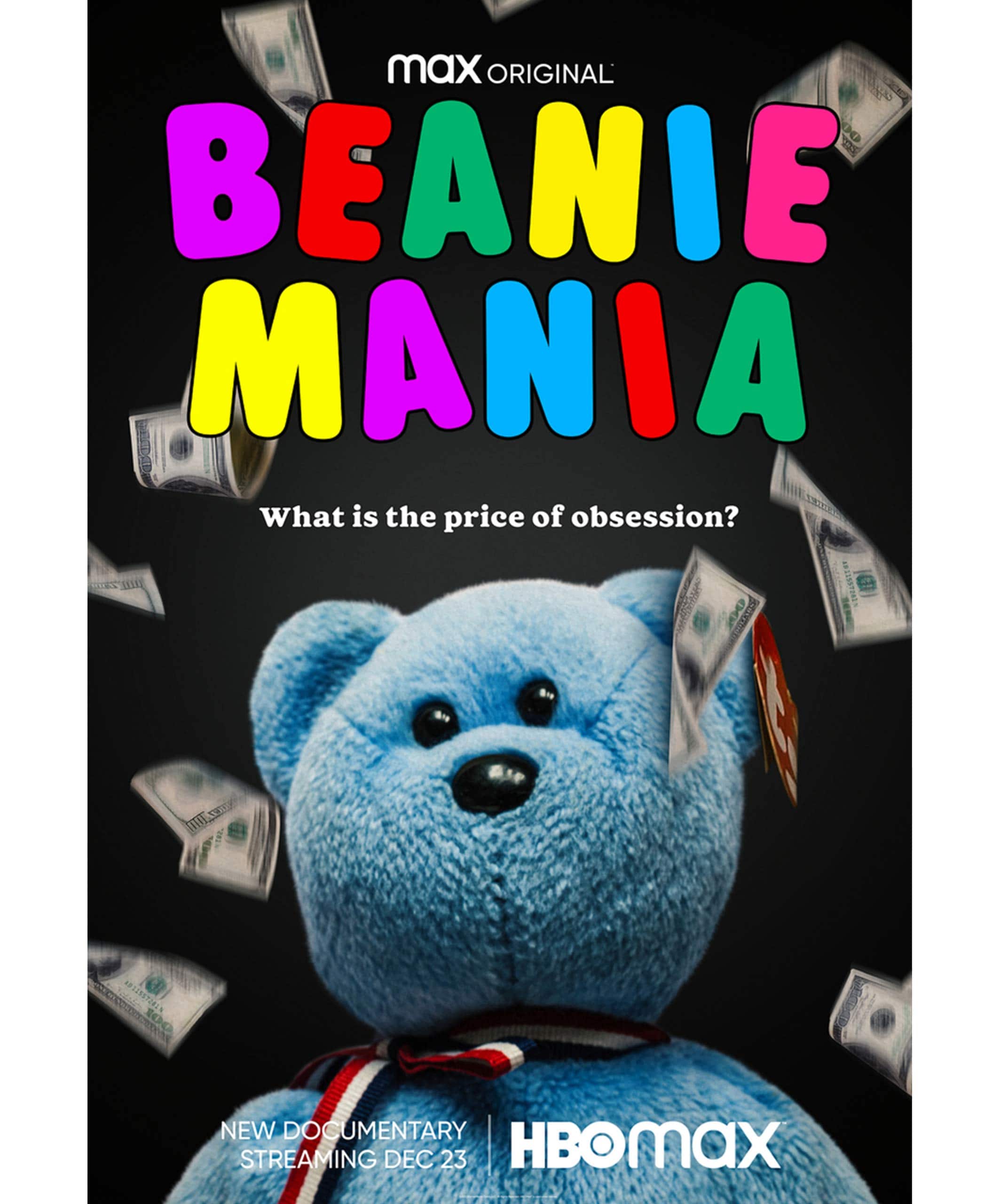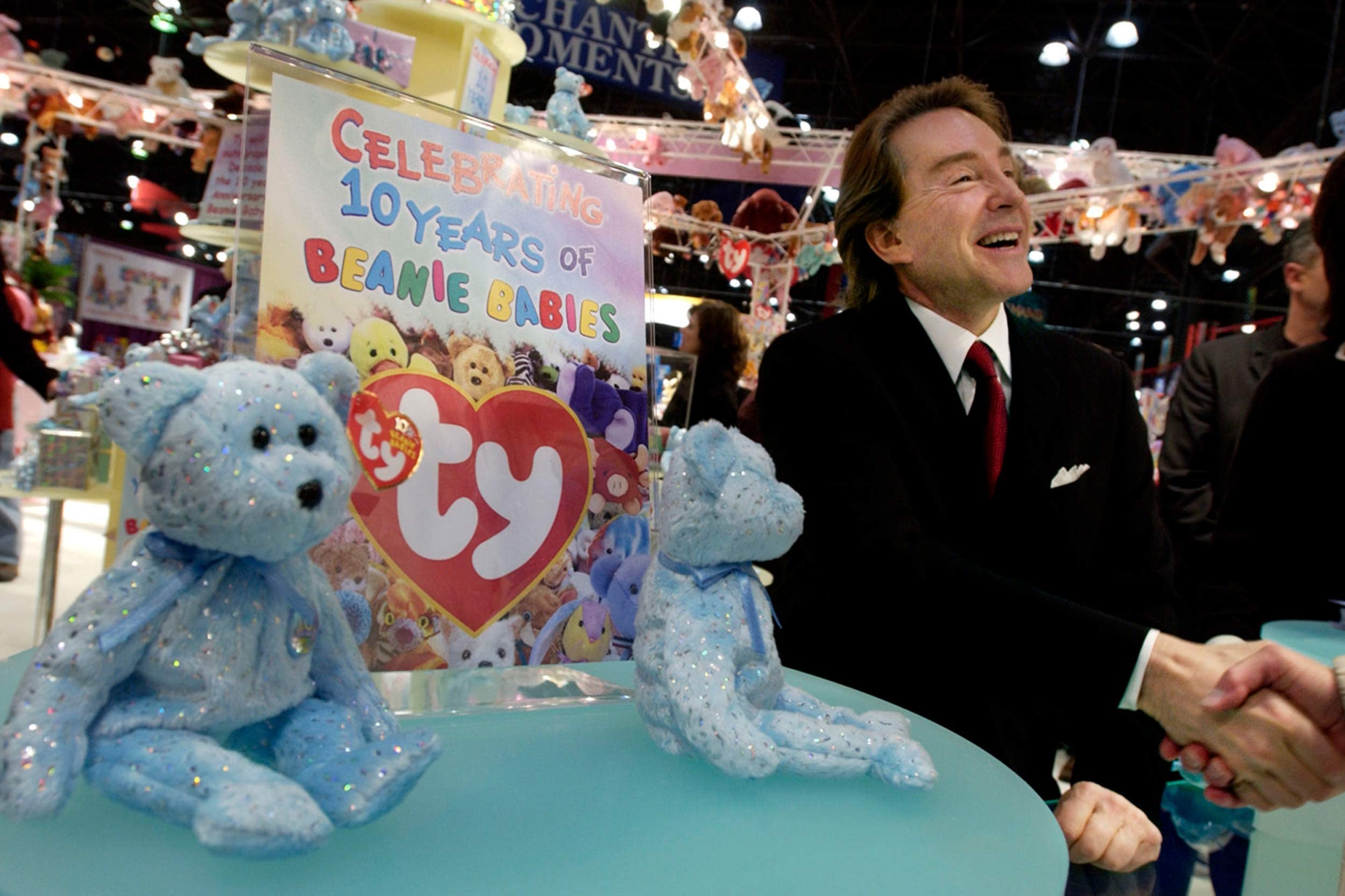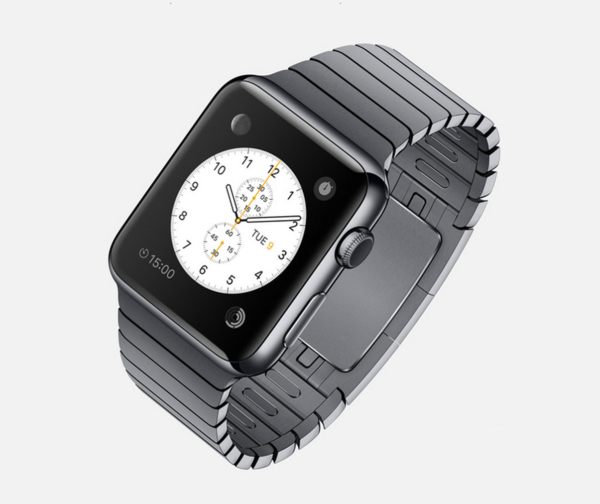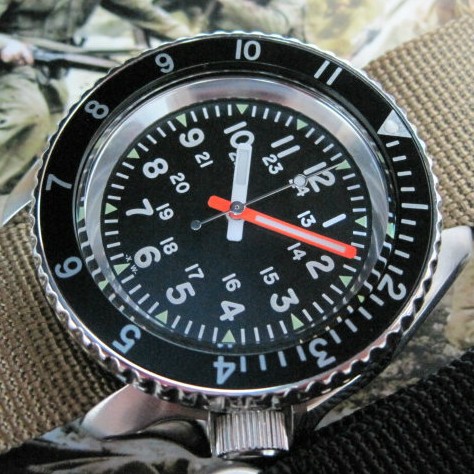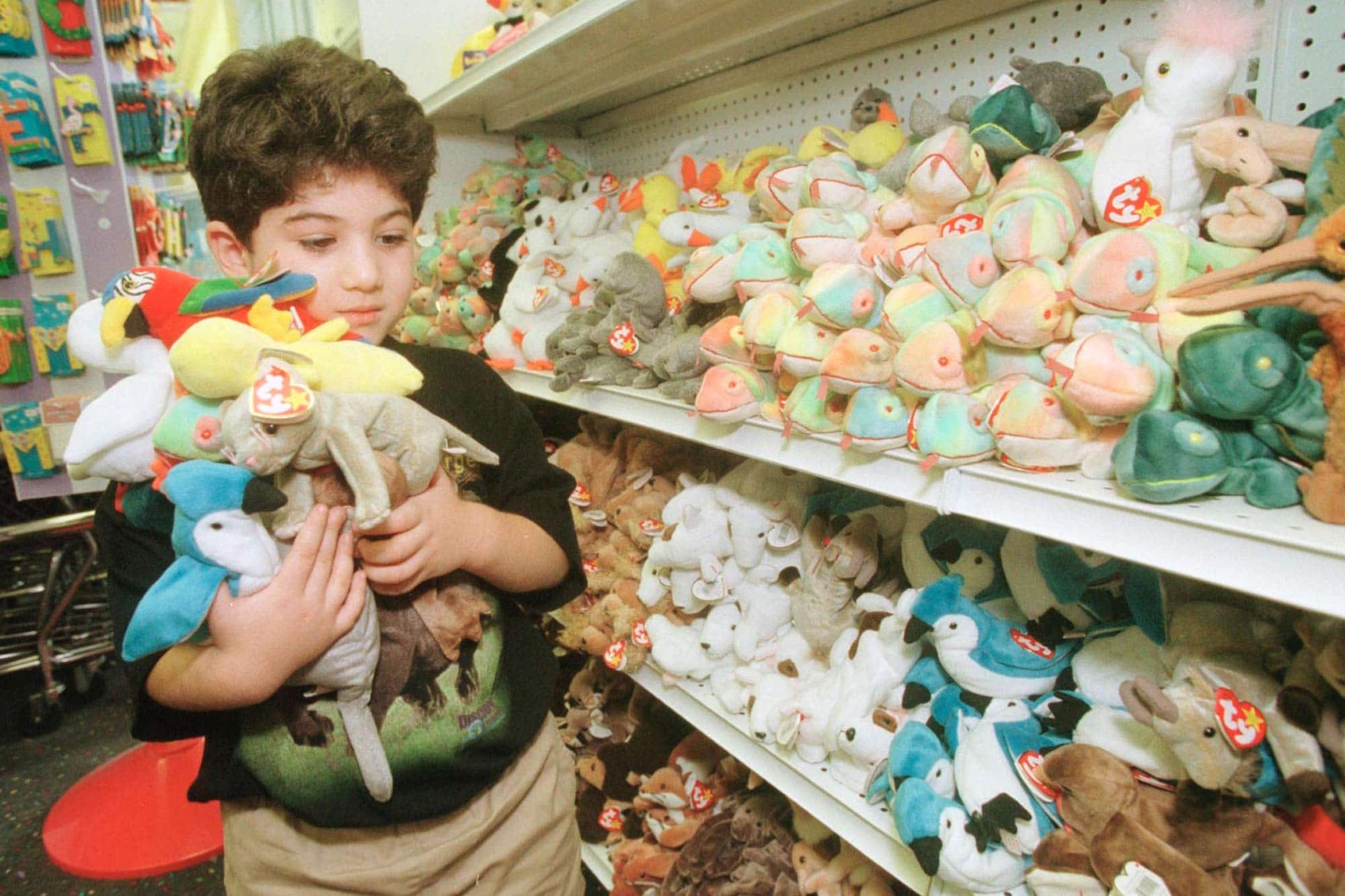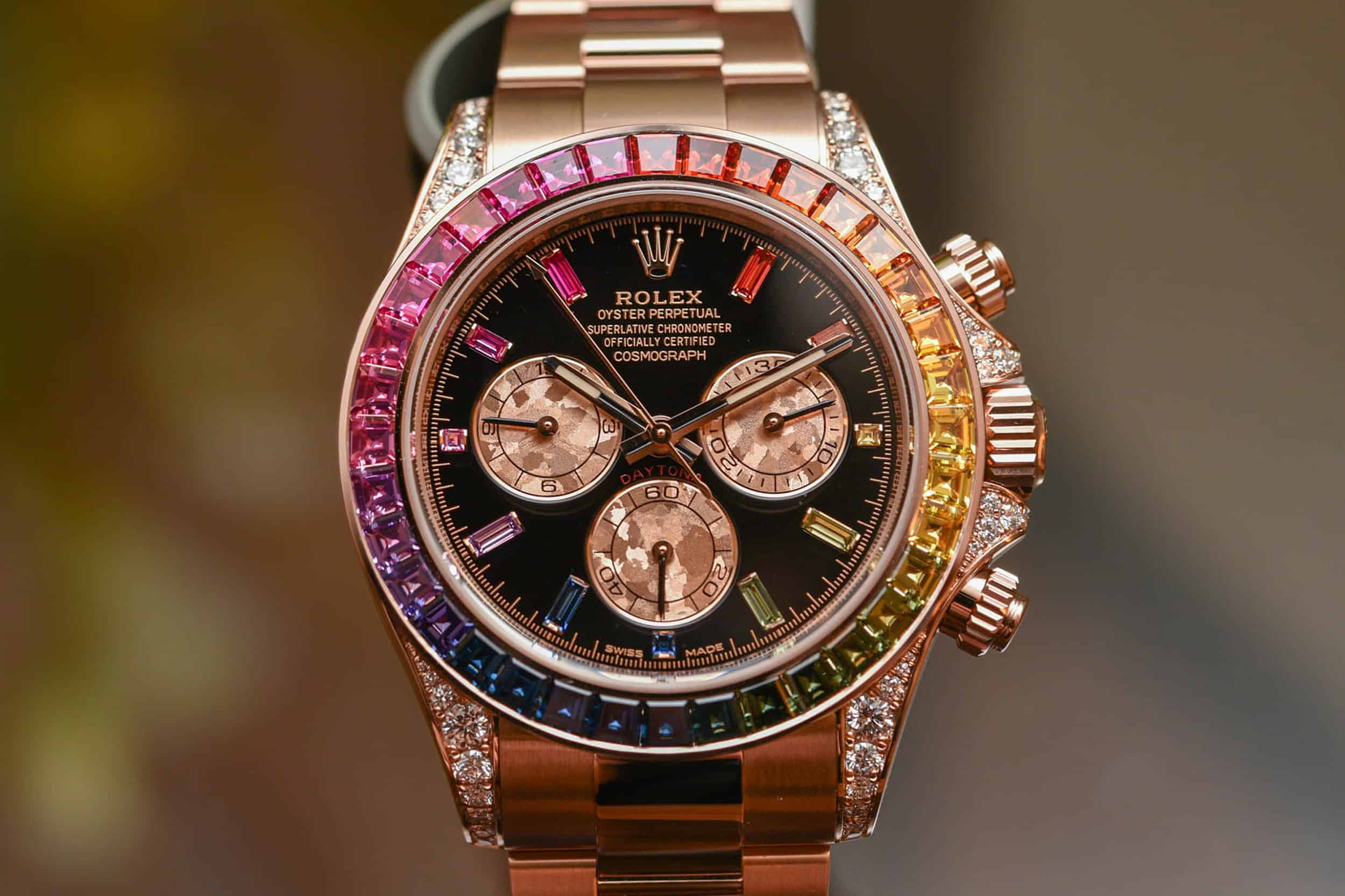Whenever I hear someone talk about watches as an investment, I think of…plush stuffed animals. Is that weird? Not if you came of age in the 90s, and can remember a time when otherwise rational adults thought that sinking untold sums of money into Beanie Babies was their ticket to a mansion on the hill. What’s now commonly referred to as the Beanie Baby Craze (because, words are important) is the subject of Beanie Mania, a new documentary on HBO Max. When I landed on it recently during a lazy weekend of streaming, it was impossible not to think about the obvious parallels between what ultimately became an irreparably popped bubble and the current state of the watch market. At times, Beanie Mania may as well have been about watches. It feels like a warning.
“The collector’s mentality is that you can never have enough, and that’s very dangerous.” These are the opening words of Beanie Mania, spoken by Mary Beth Sobolewski, who would become one of the chief Beanie gurus during the height of the craze, appearing on talk shows to discuss collecting, authoring price guides, and sitting very much at the center of Beanie culture. The fact that this was a collecting pursuit that created figures prepared to discuss and imbue a unique brand of wisdom to the public is only one of the startling connections between Beanie collecting and watches.









 Featured Videos
Featured Videos




